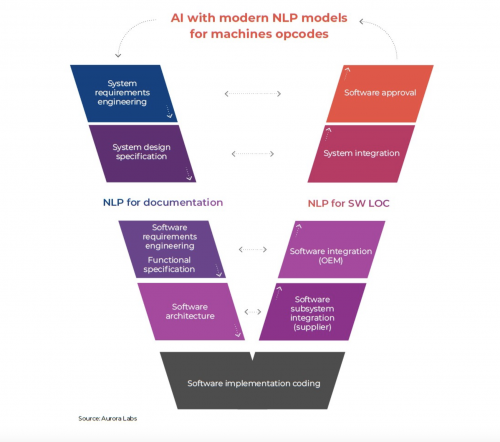Agile Development in Automotive
The automotive industry has traditionally been a bastion of structured development. Yet, as the digital age advances, there’s a growing need for more flexible practices. Unlike more traditional development processes, the agile methodology is non-linear and allows for increased adaptability — especially when making last-minute changes.
This is the final article in our three-part series (part 1| part 2) where we explore how AI impacts the automotive industry. In the first, we dove into the need for new tools in the software development process while the second looked at the need for innovation in process as well as technology.
Embracing controlled agility
Agile development in automotive isn't about recklessly pushing new versions — though it might work that way in other industries. Cars are safety-critical machines, and there's no room for error. But this doesn't mean the industry can't benefit from an agile approach.
By implementing controlled agile processes, developers can ensure small updates don't adversely impact the entire vehicle. This approach allows developers to make small, iterative changes while still meeting automotive industry regulations.
Benefits of iterative development
From a developer's standpoint, the agile approach offers many advantages. Humans find it challenging to tackle large tasks head-on so it’s practical to break things down into more manageable pieces. When presented with a large task, like developing a brand new function, it can feel overwhelming. Breaking this down into smaller, more manageable chunks better fits natural human behavior, allowing for more productivity and flexibility.
Developers can be more efficient by focusing on specific functions in phases and releasing them in small steps. This iterative process not only increases productivity but also ensures that each function is thoroughly tested before proceeding. This is vital when it comes to vehicle safety.
How AI tools can support the agile development process
Artificial intelligence tools have the potential to streamline the development process. For instance, consider the task of tracking bugs in a system. Traditional systems often require manual searches, leaving developers feeling like they’re looking for a needle in a haystack.
AI can assist in understanding customer needs, generating tests, and ensuring that these tests align with requirements. This technology can help developers resolve errors more quickly by using AI to map the entire software system and give insights into exactly which lines of code have changed, which need testing, and which are causing issues. This helps to track down bugs, including those from unpredicted scenarios and edge cases that might otherwise be difficult to find.
Automating these aspects allows developers to be more agile in their software development and testing by getting faster quality feedback and enabling them to focus on what they do best: developing innovative solutions for the automotive industry.
The automotive industry is on the cusp of a significant transformation. As software-defined vehicles become the norm, the need for agile development becomes more important than ever. By integrating these methods and leveraging AI tools, developers can better innovate while improving efficiency.
Click here for more insights into the future of automotive software development.


